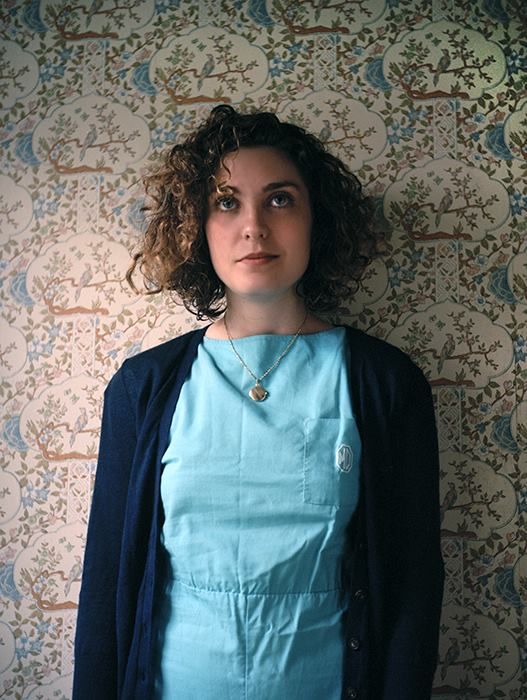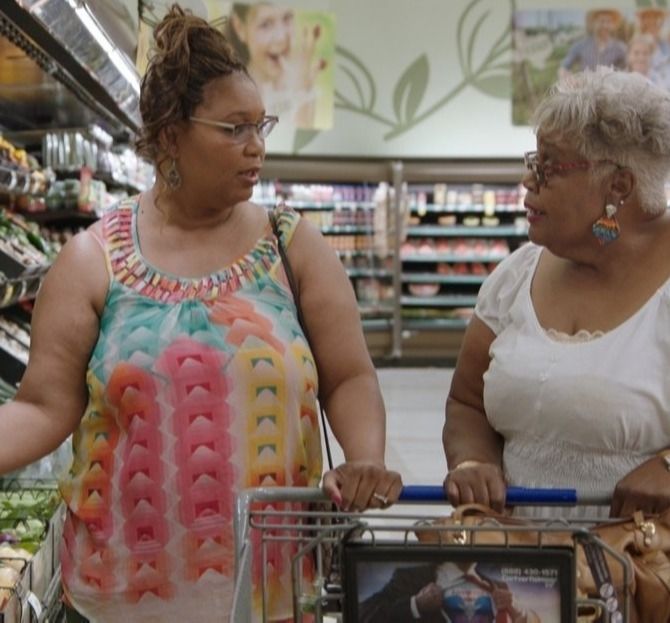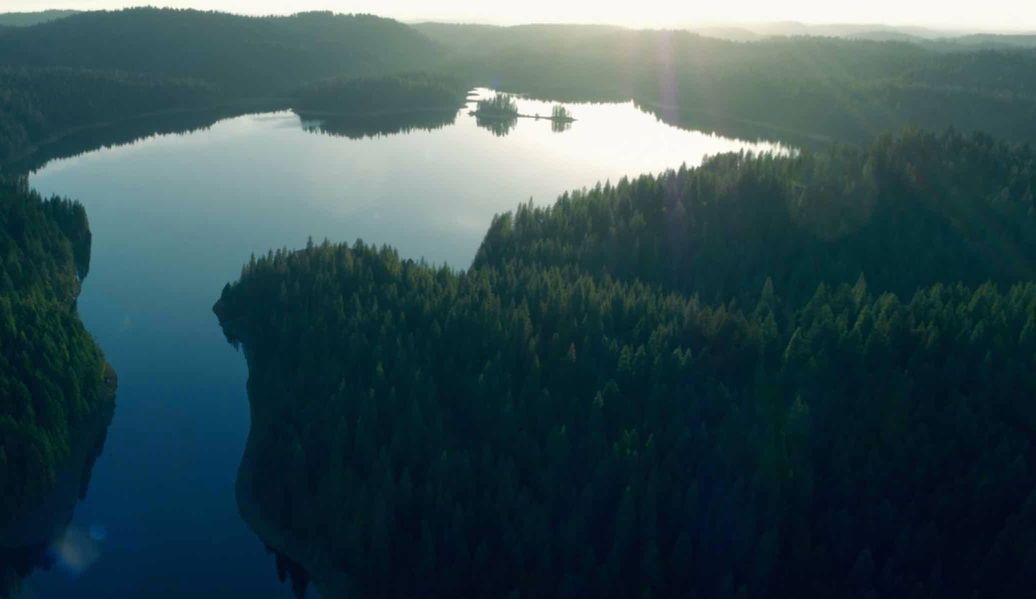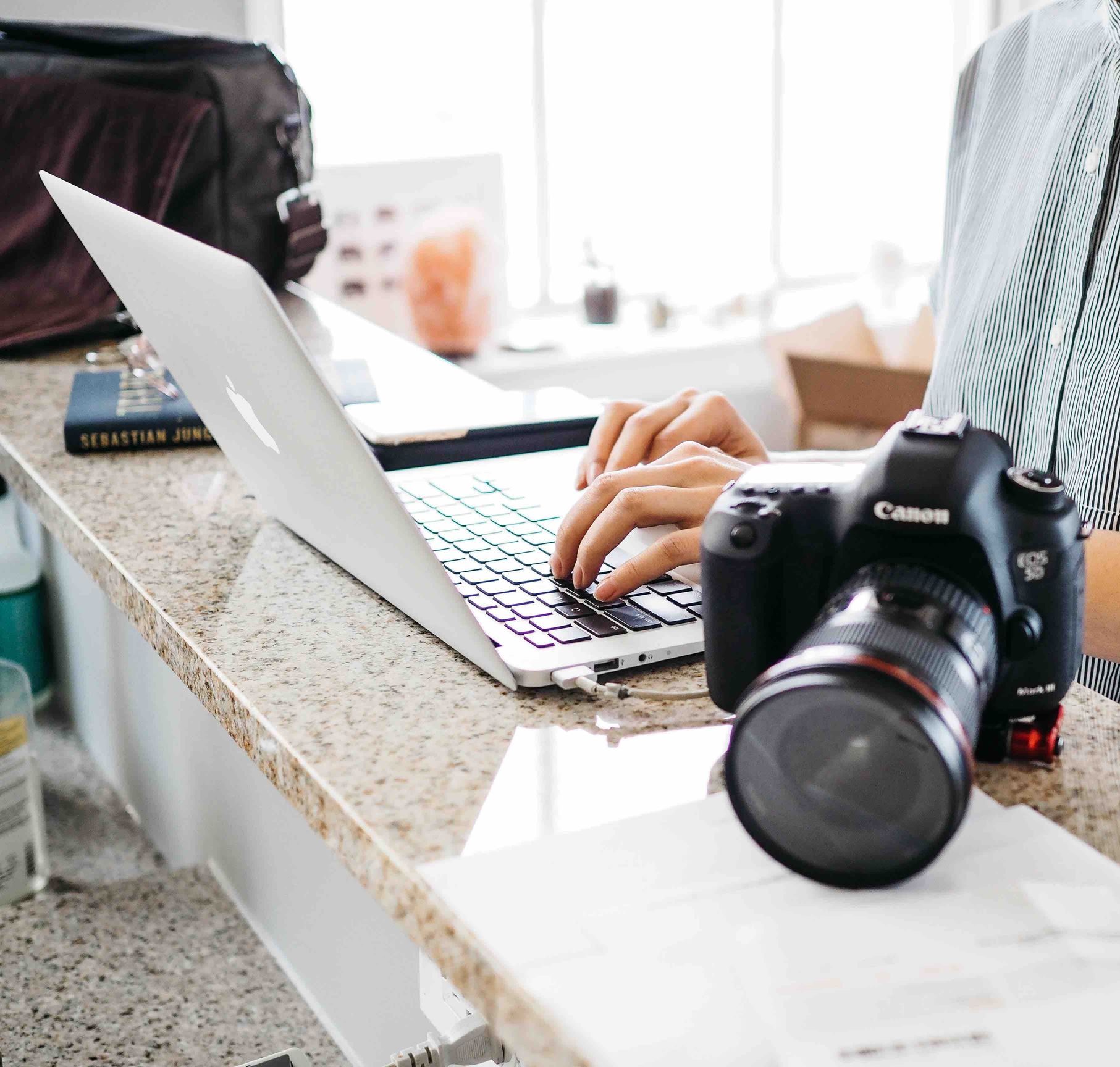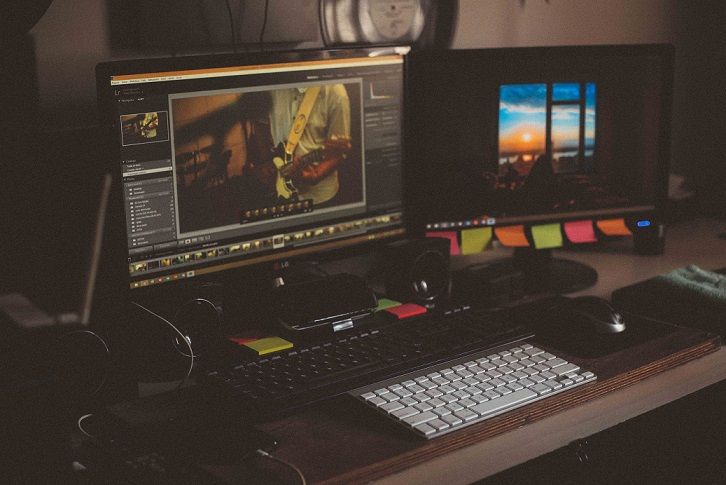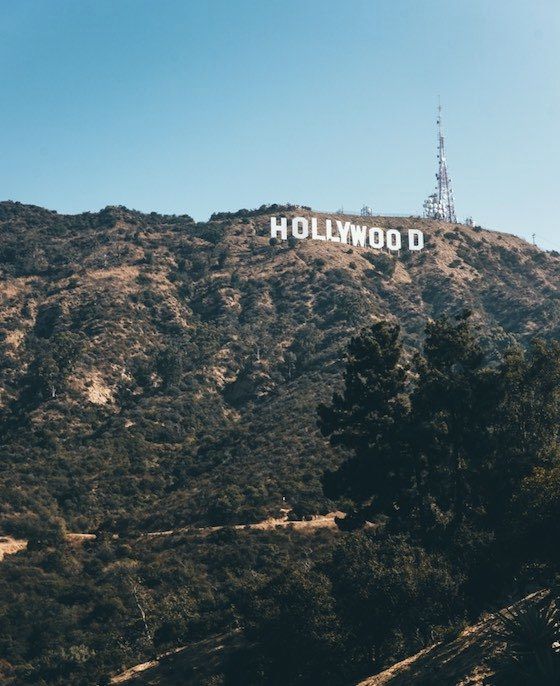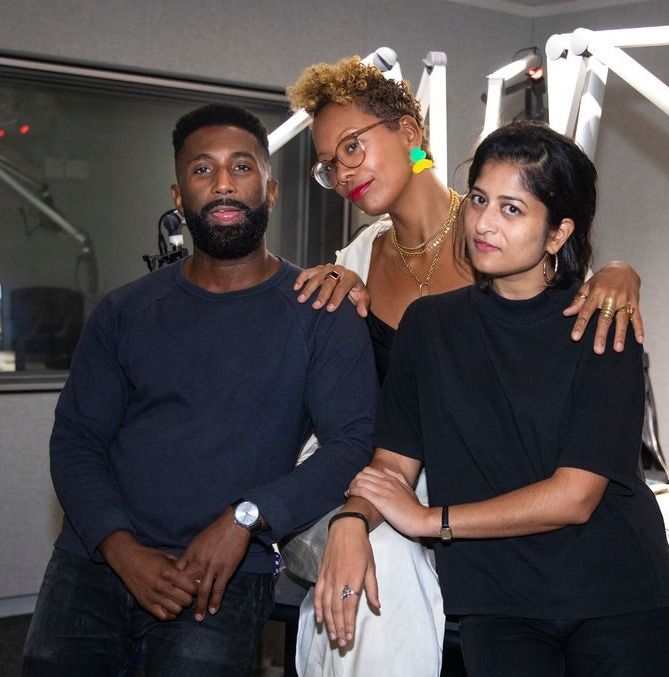“Branded content” is a vague phrase. A lot of things are branded—clothes, billboards, water. But in entertainment, branded content refers to a specific format of work that’s like the lovechild of commercials and documentaries. This type of work is most likely not the first thing that aspiring filmmakers aspire to make. But, according to Ani Simon-Kennedy, the world of branded content is a promising one, full of creative liberty and even (gasp) financial security.
Yes, way.
Here are all the things to know and love about branded content, as told by Bicephaly Pictures director, Ani Simon-Kennedy.


FTW Takeaway: The goal of branded content is to communicate brand values.
Ani Simon Kennedy: Branded content is when content is financed and/or produced by an advertiser that reflects the company’s values instead of highlighting a specific product. It is consumed voluntarily by viewers rather than being imposed on them, e.g. TV ads.
Companies really want professional videos that also feel genuine. Work that looks good, but feels real. A version of reality that visually draws in people. We treat our branded content like human interest stories. The authenticity comes from putting people's stories first. Even stories that are more conceptual, about an overarching theme, still have a human experience that centers it. That’s what makes the whole experience of creating branded content gratifying on all sides.
Misfires happen when huge companies have been chasing a trend and are now playing catch up. The resulting videos end up feeling stilted and slightly delayed because it doesn’t reflect the current moment we’re living in. The better campaigns tend to lead with people's stories.
"Branded content seemed like kind of a way to work with your friends and build your portfolio while making money."
Commercials are about selling products. Branded content is about storytelling.
In the commercials that I've made, the real focus is on the product. On the other hand, the branded content that I've made has been much more about the people. For example, we did a big series with Michael Phelps and Colgate called #EveryDropCounts around water conservation. Another campaign “Equalizing Music” for Smirnoff with Vice centered around two DJs; one was in Chicago, and one was in Uganda. With branded content, you are able to investigate these stories and explore them in a way that is both journalistic and emotional.
Most recently, our documentary “A Touch of Sugar” for Merck narrated by Viola Davis premiered at Tribeca. It is about the diabetes epidemic, following five different people's stories across the US. It is a commissioned documentary but there was a tremendous amount of creative freedom, where people let us into their lives and really guided the narrative. It has had a festival run and will be airing on TV.
Branded content can help you build a foundation.
Growing up, my favorite directors did a lot of commercial work or music video work, alongside their features, like Michel Gondry and Wes Anderson. Around that time, the Safdie brothers had a company called Red Bucket Films in New York, where they were doing commercials and shorts. From seeing their work, branded content seemed like kind of a way to work with your friends and build your portfolio while making money.
What’s hard about directing is that unless you're making a ton of shorts, there aren't a lot of avenues to practice directing. I did a year-long filmmaking program at the Prague Film School where I met Cailin Yatsko. She's a cinematographer, and together, we shot everybody's shorts. At that time, I thought I wanted to be a DP. We founded Bicephaly Pictures together, initially making a lot of music videos because our friends were in bands.
We then branched out to commercials, documentaries and web series. We’ve also made two narrative feature films, Days of Gray (2015) and The Short History of the Long Road (2019). Today we almost exclusively do branded content as a way to support ourselves.
Not being repped can work in your advantage in getting branded content jobs.
Because we’re not repped, we’ve built all the relationships with our clients by word-of-mouth. We're rarely bidding or pitching since clients come directly to us. Sometimes very big clients have their own internal agencies and we just work with them directly. I feel like no two videos end up being the same because of that. There's no real pipeline.
The pitching process is flexible. Sometimes you create the story. Sometimes you are given a story and it’s up to you to execute.
Sometimes there’ve been RFPs, and then we'll make treatments from there. We’ve been given everything from, “This is the concept, this is the cast, we just need someone to execute,” to, “Here’s a blank canvas and we want it to be a story about this person. But how do you want to shoot them? Where do you want to shoot them? What do you want to ask them? How do you want to tell this story?”
Branded content directors can have a lot more creative freedom than commercial directors.
A lot of the creative freedom comes from the budgets that the brands provide. While it's a delicate tightrope to walk, I've found that there is so much more creative freedom in the branded content space, compared to commercials. A lot of that comes from people not really knowing what branded content is yet. Everyone's grown up with commercials, and it's engrained in all of us just from flipping through channels. Even when you're trying to do commercials differently, you still have this library in your brain that shapes how you perceive them. There are more risks that people are willing to take in branded content because it isn't quite as formatted. You have more space to breathe and to explore. 30 seconds, 15 seconds can feel so limiting.
"It’s about finding ways to get the first couple things under your belt and working with people who you believe in too and who need you as much as you need them."
Your relationship with your client might actually be more flexible in branded content.
A lot of times, your relationship and collaboration with a client is based on your previous work. Because a lot of branded content that I have done has been doc-based, so much of it is shaped in the edit. And generally, the clients only want to see a pretty polished cut.
Boundaries and expectations, like the number of revisions and the ownership of IP, really varies per client. Usually it starts with some kind of overall project fee and typically if the project expands, that gets addressed as we go. Generally I've found clients have let us take the wheel more creatively, because of the doc-style nature. A lot of the huge companies we’ve worked with already air commercials. I mean overall, we have yet to have a bad experience. Knock on wood.
To break in to anything, reach out and rise up with other people at your level—it may land you that big gig in the future.
The very first things that we did were music videos with no budget for friends who were in bands. We also reached out to friends who had companies and came up with videos for them. It’s about finding ways to get the first couple things under your belt and working with people who you believe in too and who need you as much as you need them.
One of the first videos that we started doing way back in the day was for a friend of a friend who was starting a clothing company called M.M.LaFleur. The founder Sarah made three different dresses in her apartment, and we did their very first videos. And now, they're a huge company, and we still make videos for them. Looking around you and finding people whose stuff you genuinely like makes the process so much easier because you're already speaking the same language.
You're taking a gamble with them, but if it pays off, everybody wins. I mean, we’ve made videos for friends' companies that don't exist anymore today, but then they've still gone on to start other companies or work in other places.
Ani Simon-Kennedy
Raised in Paris and based in New York, Ani Simon-Kennedy is a feature film, documentary and commercial director. Under the banner of Bicephaly Pictures, she collaborates with cinematographer Cailin Yatsko on socially-conscious stories.
Her first feature film, Days of Gray, played at top festivals around the world with an original live score by Hjaltalin. The Icelandic film was deemed “an assured debut” by the Hollywood Reporter.
She has directed award-winning campaigns for Colgate, Smirnoff, Intel, Glamour, The New Yorker and Vice. Her work has received support from the Sundance Institute, the Tribeca Film Institute, IFP, Film Independent, Chanel and AT&T.
Her second narrative feature, The Short History of the Long Road premiered at the 2019 Tribeca Film Festival and received a Special Mention for Best Screenplay. It is currently on the festival circuit.
A TOUCH OF SUGAR is airing:
-
November 17 – A&E documentary airing
-
November 18 – FYI documentary airing #1
-
November 23 – FYI documentary airing #2
Headshot courtesy of Ani Simon-Kennedy.
